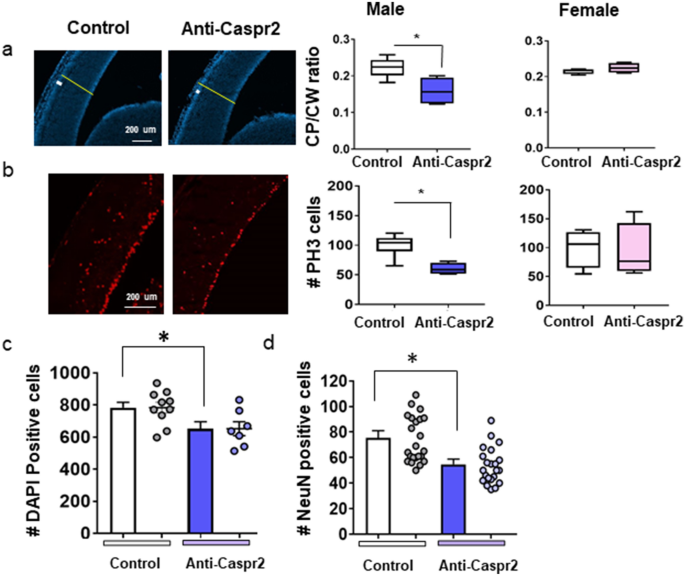

Bueno MR, De Carvalhosa AA, Castro PHS, Pereira KC, Borges FT, Estrela C. Great attention has been given to the study of radiolucent periapical lesions to avert possible misdiagnosis of apical periodontitis (AP) associated with certain radiolucent non-endodontic lesions. Radiopaque jaw lesions: an approach to the differential diagnosis. Imaging exams could produce essential information about margination, the relationship between the lesion and adjacent teeth, and the internal content of the lesion, especially in cases containing calcified deposits. Radiographic interpretation for the dentist. Osteoblastic and osteoclastic activity has been associated with low-grade chronic periapical inflammation. Mesenchymal chondrosarcoma mimicking apical periodontitis.

However, radiopaque lesions are also identified near the apex of the teeth and should receive attention, because they may be of endodontic or non-endodontic origin. Biology and pathology of apical periodontitis. The progressive stages of inflammation and periapical bone structure resulting in resorption are identified as exhibiting radiolucency on radiographic exams. ĭental granuloma, radicular cyst and periapical abscess represent periapical changes of frequent occurrence. Characterization of successful root canal treatment. Estrela C, Holland R, Estrela CR, Alencar AH, Sousa-Neto MD, Pécora JD. The decision-making process for a therapeutic protocol in root canal infection must be based on an efficient diagnosis. Periapical Peridodontitis Diagnosis, Differential This review discusses the literature regarding the clinical, radiographic, histological and management aspects of radiopaque/hyperdense lesions, and illustrates the differential diagnoses of these lesions. Distinguishing between inflammatory and non-inflammatory lesions simplifies diagnosis and consequently aids in choosing the correct therapeutic regimen. In the context of the more widespread use of cone-beam CT, a detailed review of radiopaque inflammatory and non-inflammatory lesions is timely and may aid clinicians perform a differential diagnosis of these lesions. These bone alterations could be neoplastic, dysplastic or of metabolic origin. The diagnosis and management of these radiopaque/hyperdense lesions could be challenging to the endodontist. However, there are a significant number of radiopaque lesions found in the periapical region, which could be equally relevant to endodontic practice. Great attention has been given to the study of radiolucent periapical lesions to avert possible misdiagnosis of apical periodontitis associated with certain radiolucent non-endodontic lesions.


 0 kommentar(er)
0 kommentar(er)
